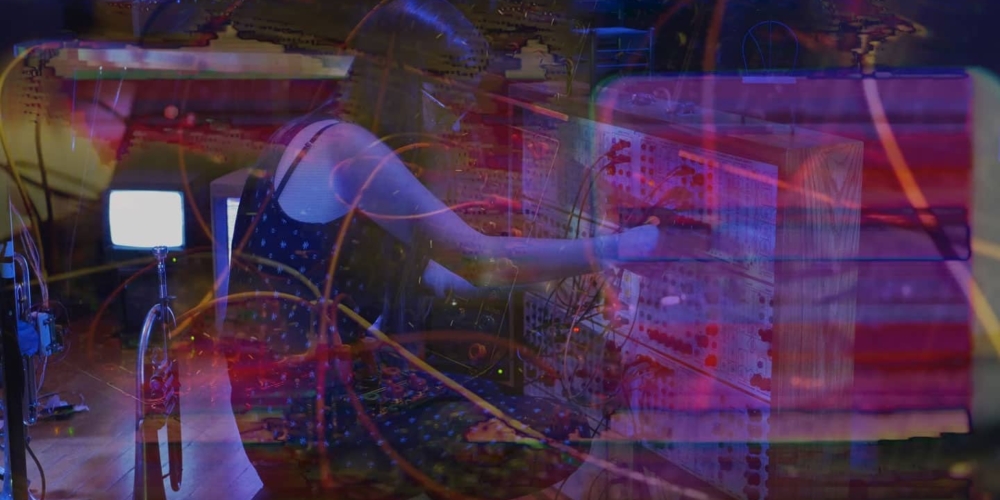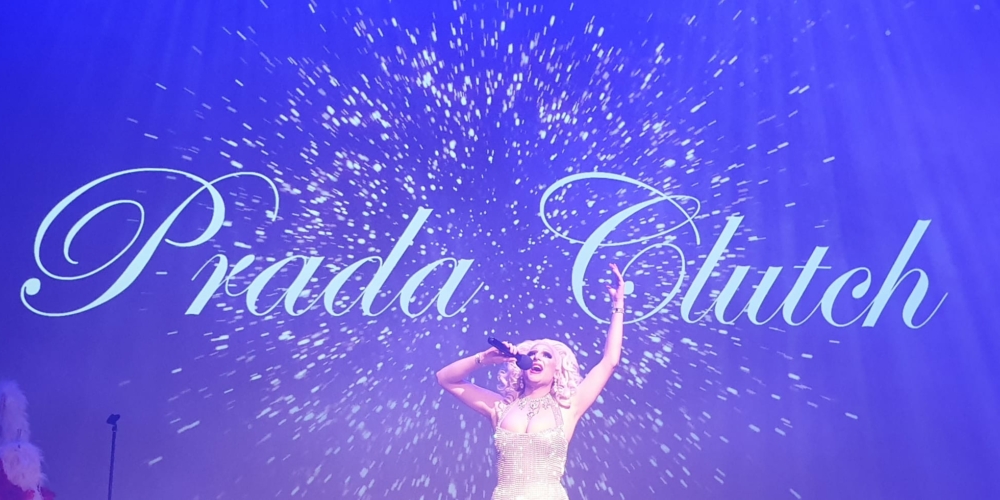AIM lecturer Meghann O’Neill reviews the Australasian Computer Music Conference. This two day online conference featured performances, workshops and talks by electronic music thought leaders, artists and academics from around the world. ACMC was presented by the Australian Institute of Music in partnership with the Australasian Computer Music Association.
Hello! Meg here, videogame composition teacher. I’m writing today to bring you impressions from the Australasian Computer Music Conference, which was recently hosted online by The Australian Institute of Music, Sydney and Melbourne.
Spanning live music, research and innovative forms of composition, ACMC was a meeting of interesting minds. Led by AIM lecturers Dr. Mark Oliveiro and Dr. Vincent Giles, many of AIM’s fellow staff and students also contributed their work and time to this tremendous undertaking.
One personal highlight was hearing about how a group led by Ivan Zavada recorded and curated a soundbank of live construction noises from a multi-storey building site at Circular Quay, before creating soundscapes from this source material. I was able to ask a participant, Nancy Laver, about her compositional choices and I love that she included a recording of the lift operator telling them to “stay safe” on the site because this spoke to the humanness of her narrative ideas for the composition. Watch on YouTube below.
Neil Morris of DRMNGNOW’s incredible presentation was another memorable moment. I appreciated the discussion of “song as sovereignty” immensely, as I’ve recently been learning about the processes used to create sovereign Indigenous videogames, both locally and overseas. I’d prefer not to try to summarise Morris’ presentation further because I would strongly encourage you to experience his thoughtfulness and knowledge for yourself. Watch on YouTube below.
James Ellender donated time to the conference. He says, “Seeing the amount of work that is required, behind the scenes, for an event like this was humbling. My favourite part was moderating Q&A sessions for the presentation of academic papers. I enjoyed trying to match their work with my own professional curiosity in a way that brought something interesting or new to the surface, or that might have elucidated something for someone in the room. It was an uplifting feeling when I realised I was able to contribute to the communication of someone’s work, even if only a small amount.”
Raseca Jallorina, another volunteer, says, “My favourite thing was the 1002 workshop by Federico Halac and Federico Ragessi. Collaborating with people to create computer music online, in real-time, without any expensive gear needed, was a really cool experience. At the end, our digital canvas looked like a gigantic abstract painting.” By navigating to the toolset, in a browser, participants could define timbre and effects, then chart a path across a canvas to create their portion of the resultant composition.
Anna Del Rosario, who moderated discussions, says, “What I liked about the panel on Accessibility in Electronic Music, chaired by AIM’s Alice Bennett, was the sense of community. Where people used to experience roadblocks, things are now more open and welcoming. Whichever walk of life a musician is from, their art is welcome and appreciated, more than ever before.”
Indeed, I found this panel exceptionally engaging. The composers were generous and candid when sharing their experiences of isolation, discrimination and the challenges presented by being a (supposedly) square peg in a round hole, in artistic spaces. And yet, I left feeling as if perhaps there is (and we’ve all contributed to making) a hole large enough now to accommodate any shape of peg. Or, also, that if these wonderful people are working in electronic music, there’s also a place for me, and a place for you, whoever we may be.




